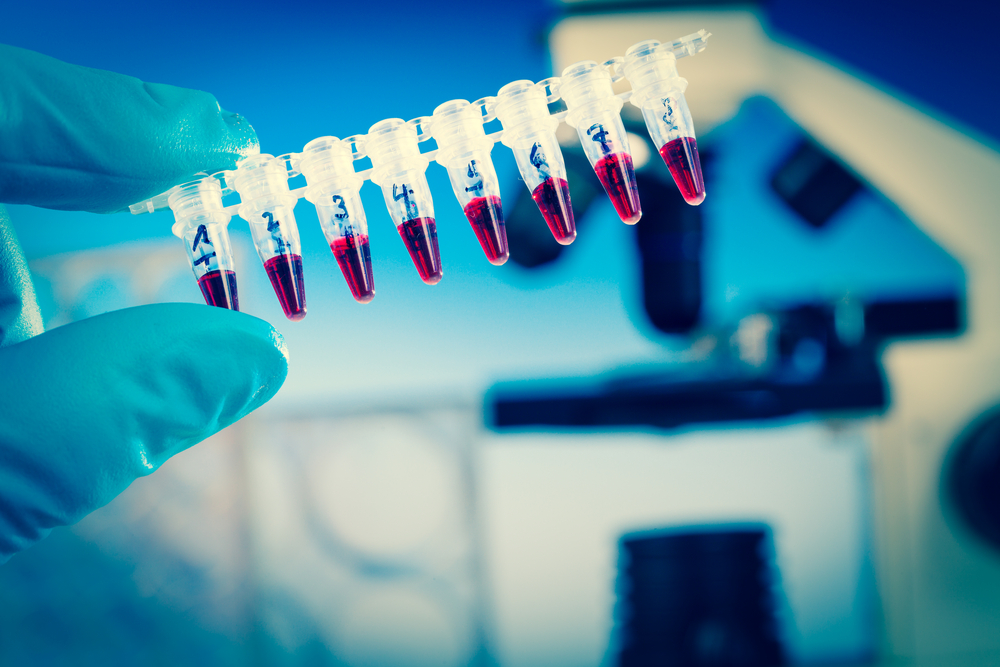The plasma protein therapeutics market has seen significant growth in the past decade with increased focus on developing therapies from human plasma. Plasma derived products play a crucial role in treating several rare diseases and managing certain chronic conditions. This article examines key aspects of this important healthcare market and addresses some important challenges and opportunities.
The Global Plasma Protein Therapeutic Market Demand size is expected to reach US$ 46.49 Bn by 2030, from US$ 29.97 Bn in 2024, exhibiting a CAGR of 6.5% during the forecast period.
Sources and Collection of Plasma
Plasma is the liquid portion of blood which remains after red blood cells, white blood cells, platelets and other cellular components are removed. It accounts for about 55% of the total blood volume. Plasma is collected through a process known as plasmapheresis where blood is drawn from donors and the plasma is separated, and red blood cells, along with a small amount of fluids, are returned to the donor. The United States accounts for over 50% of the world’s plasma collection volume with most plasma collected from approved plasma donation centers and certified blood collection facilities. Other major plasma collection hubs include Germany, UK and Czech Republic among others. Strict donor selection and safety screening measures are followed to prevent transfusion of infectious diseases during plasma collection and therapy administration.
Scope of Replacement Therapies
Majority of plasma protein therapies are replacement therapies used for treating rare genetic disorders where patients lack functioning copies of specific plasma proteins such as immunoglobulin G (IgG), clotting factors, albumin and alpha-1 antitrypsin (A1AT). IgG replacement therapies via intravenous immunoglobulin (IVIg) products are widely used for managing primary immunodeficiencies, neurological diseases and various autoimmune conditions. Clotting factor therapies including Factors VIII and IX are crucial for treating hemophilia A and B respectively. Albumin finds application as a volume Expanders in emergency and critical care settings. Augmenting A1AT levels helps in slowing lung damage for certain patients with A1AT deficiency.
Demand Drivers and Regional Trends
Growing prevalence of conditions requiring plasma therapies along with rising affordability and access are major demand drivers for this market across both developed and developing regions. The United States continues to dominate being the largest plasma collection and therapy market owing to favorable regulations and insurance coverage. The European plasma market has also witnessed steady growth led by countries like Germany, Austria and Croatia. China and India are emerging as high potential markets given their huge population base and economic expansion improving healthcare investment. Other regions like Latin America, Middle East and parts of Africa also offer lucrative prospects for extended patient coverage of these life-saving therapies.
Role of Fractionators
Large fractionators like CSL Behring, Takeda, Grifols, Baxter, Octapharma among a few others play an integral role in the value chain by fractionating or separating bulk plasma into individual purified protein therapies and ensuring robust global supply. Rigorous manufacturing standards are upheld across their facilities to deliver high quality therapies. These companies also invest heavily in plasma collection infrastructure across key regions. Ongoing investments in expanding production capacities, developing novel indications and strengthening supply chains have enabled these fractionators to meet the growing needs. Partnerships with national health programs and local players help expand access of plasma therapies to more patients.
Challenges and Newer Developments
Though encouraging progress has been made, this sector continues to face certain challenges. Maintaining adequate supply to meet demands especially for rare bleeding disorders remains a concern given the shortage of approved plasma donors in many parts of the world. Other obstacles include stringent regulatory oversight, complex therapy administration and high development costs. However, newer technologies, novel fractionating methods and emerging collection strategies are helping address some of these challenges. Few companies are also developing recombinant forms of plasma proteins to supplement collected plasma sources and therapies derived from human cell lines. More research on expanding indications could further boost market growth over the coming years.
Market Forecast and Future Prospects
The global plasma protein therapeutic market size was valued over USD 22 billion in 2020 and is predicted to exhibit strong 4-6% CAGR over the next 5-7 years. Reports from various industry experts and analysts project robust growth prospects fuelled by rising prevalence of primary immunodeficiencies and genetic diseases, improving access in developing nations, ongoing product development pipelines and increasing penetration into new indications. North America is projected to maintain its dominant revenue share through 2027 due to well-established healthcare systems and robust reimbursement pathways supporting adoption of premium biologic therapies. Asia Pacific region is likely to witness highest expansion rate on the back of strengthening economic conditions, expanding health insurances and growing patient awareness levels. With continued medical innovation and supporting policy changes augmenting patient access to life-saving therapies derived from human plasma, this market is positioned for further gains serving needs of a global patient community.
*Note:
1. Source: Coherent Market Insights, Public sources, Desk research
2. We have leveraged AI tools to mine information and compile it

